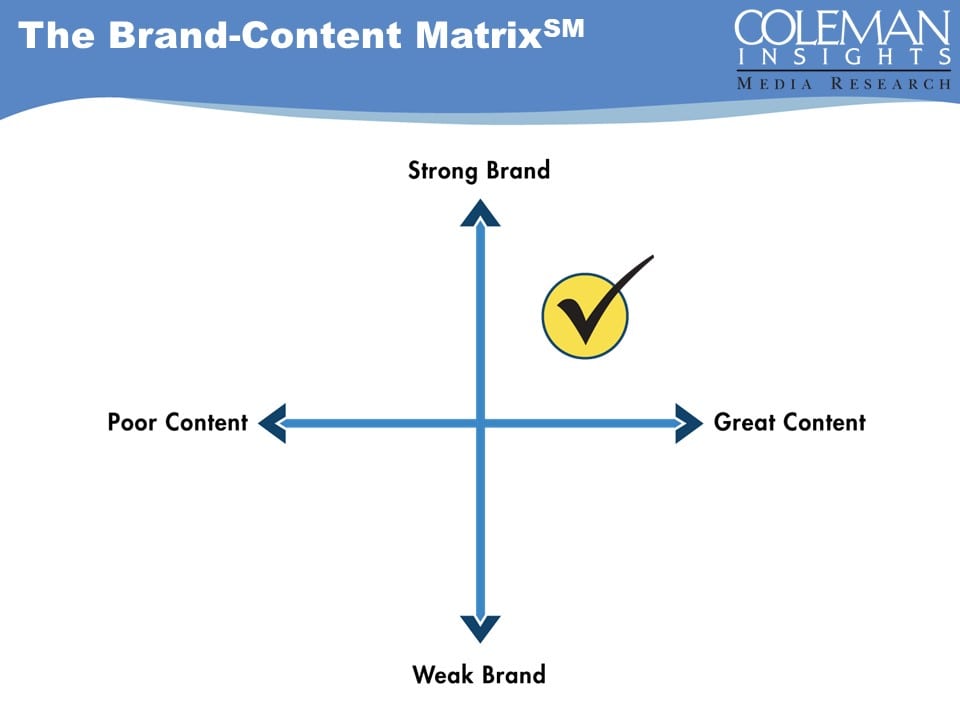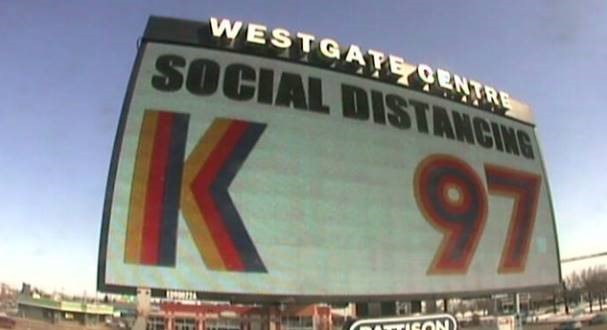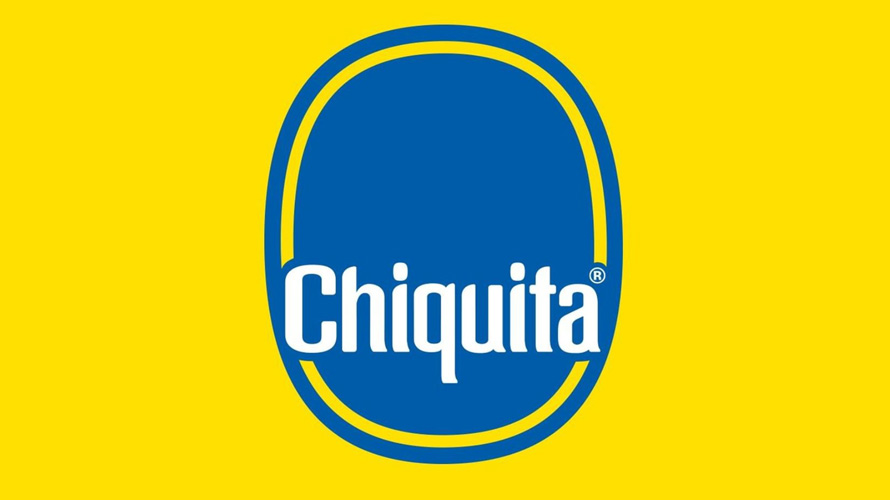
They charged me for bags. My flight wasn’t on time. They lost my bags. That change fee was ridiculous. There’s no leg room.
The morning show isn’t funny. They talk too much. They play the same songs over and over.
Whether you’re talking about airlines or radio stations, negative images are part of doing business. How you handle it is what sets you apart.
In 2009, Southwest Airlines took on one of those typical negative images about airlines (unreasonable bag fees) head-on. At first, it simply offered free checked bags and assumed the passenger would notice. If the fare between two airlines were similar, the shopper would be saving money on Southwest thanks to the free checked bag. But that logic assumes the consumer will think that through when shopping, even though the bag savings aren’t listed in the fare.
Southwest deployed a marketing campaign called “Bags Fly Free”. But while you likely remember it now, even that campaign wasn’t successful until it was deployed like a sledgehammer, from being plastered on its own planes and baggage carts to stadiums and airports around the United States.
Radio stations often make the same mistake Southwest initially made–assuming consumers will notice when you make a change. You added a song category. You’re playing more songs per hour. You’ve got a new morning show. You’ve got less repetition. Then you wonder why it didn’t make a difference. Why it didn’t move the needle.
Maybe it’s because you didn’t really tell anyone about it outside of your already loyal P1s.
Here’s another example.
The Wall Street Journal named Delta the best airline of 2019. Fortune named Delta one of the top 100 companies to work for.
Delta’s always been great, right?
Sure, if you consider being named the least respected brand in America great. Because a 2013 study revealed Delta was one of the least respected brands in America.
Just ahead of Phillip Morris.
How in the world did Delta go from being one of the least respected brands to one of the most respected in just seven years? The answer is two-fold.
First, of course, Delta had to change the way it did business. These were the internal changes. Changing the culture. Hiring the right people. Buying new planes.
But I’m here to tell you there is absolutely no way that Delta goes from worst to first if they don’t tell anyone about it. That’s why everywhere you look, from the airport to the plane, from the website to the emails, Delta boasts about being the “most awarded airline”. Delta is only able to change the negative images into positives with a consistent, sledgehammer campaign.
Like Southwest’s “Bags Fly Free”.
So, if your radio station (or any brand for that matter) is doing something different, something great, and you are assuming the consumer will figure it out on their own, you’re wrong.
Shout it from the mountaintops. And just when you think they’re tired of hearing it, shout louder.
Then never stop shouting.






